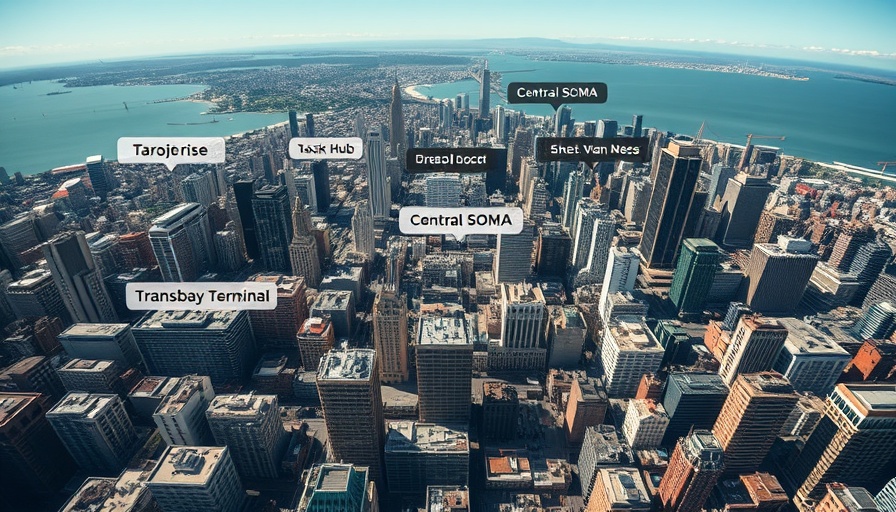
Reimagining San Francisco: The Prologis Vision for Housing
San Francisco's landscape could be on the brink of a transformative change as Prologis unveils plans to construct thousands of homes at the Caltrain station. This ambitious development aims to address the significant housing crisis facing not only San Francisco but also the greater Bay Area. With mounting concerns over affordable living in a city known for its high cost of life, this project raises questions about its feasibility, timeline, and potential socioeconomic impact.
Addressing the Housing Crisis
The city’s housing demand has seen a resurgence, driven by a rebound in population growth. In recent years, San Francisco has grappled with challenges related to homelessness and housing availability, facing an uphill battle to accommodate its diverse population. The new homes proposed could provide a significant influx of affordable options for various demographics, particularly for families and young professionals seeking to establish their roots in the city.
The Economic Landscape and Job Creation
This initiative is not just about housing; it could also catalyze economic growth in the region. Experts predict that the Prologis project could generate approximately 1,000 new jobs, fostering a thriving community ecosystem that supports local businesses and contributes to overall economic stability. This dual approach of addressing housing shortages while promoting job creation underscores the multifaceted benefits of urban development initiatives.
Community Concerns and the Path Forward
Despite the optimistic outlook for the project, community members have voiced reservations regarding its timeline and true affordability. Many worry that these housing solutions may not be accessible to those who need them most. Ensuring that a significant portion of the homes remains affordable will be crucial for the project's success, allowing a diverse range of residents to benefit from living in the area.
A Historical Perspective on Urban Development
The Caltrain station is pivotal in San Francisco's history of transportation and urban growth. Understanding how this area has evolved provides context for the proposed development. Previous projects in the region, such as the revitalization efforts in the Mission and Tenderloin neighborhoods, illustrate the need for thoughtful planning that considers both historical significance and future needs.
Future Trends in Urban Living
As cities around the globe explore innovative housing solutions, the Prologis project could serve as a model for similar initiatives. The integration of living spaces with transportation hubs could lead to increased accessibility, and sustainability, and enhance community connectivity. Developers are increasingly recognizing that the future of urban living hinges on blending residential and commercial spaces into unified, vibrant communities.
The Call for Community Engagement
The fate of the Prologis project ultimately lies in the hands of the community. Engaging local stakeholders in discussions about development plans and affordability goals will be essential in moving forward sustainably. This community-first approach could help alleviate tensions and enhance collaboration among residents, city officials, and developers, thus ensuring that all voices are heard.
Conclusion: The Importance of Community-Driven Solutions
As discussions about the Prologis Caltrain project continue, a collective effort between developers, city officials, and community members will be vital. By fostering a collaborative atmosphere and focusing on affordable housing solutions, San Francisco can work towards a more inclusive urban future that benefits all its residents.
 Add Row
Add Row  Add
Add 




 Add Row
Add Row  Add
Add 

Write A Comment